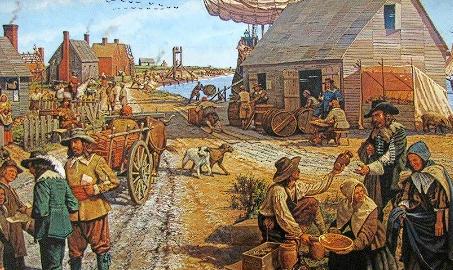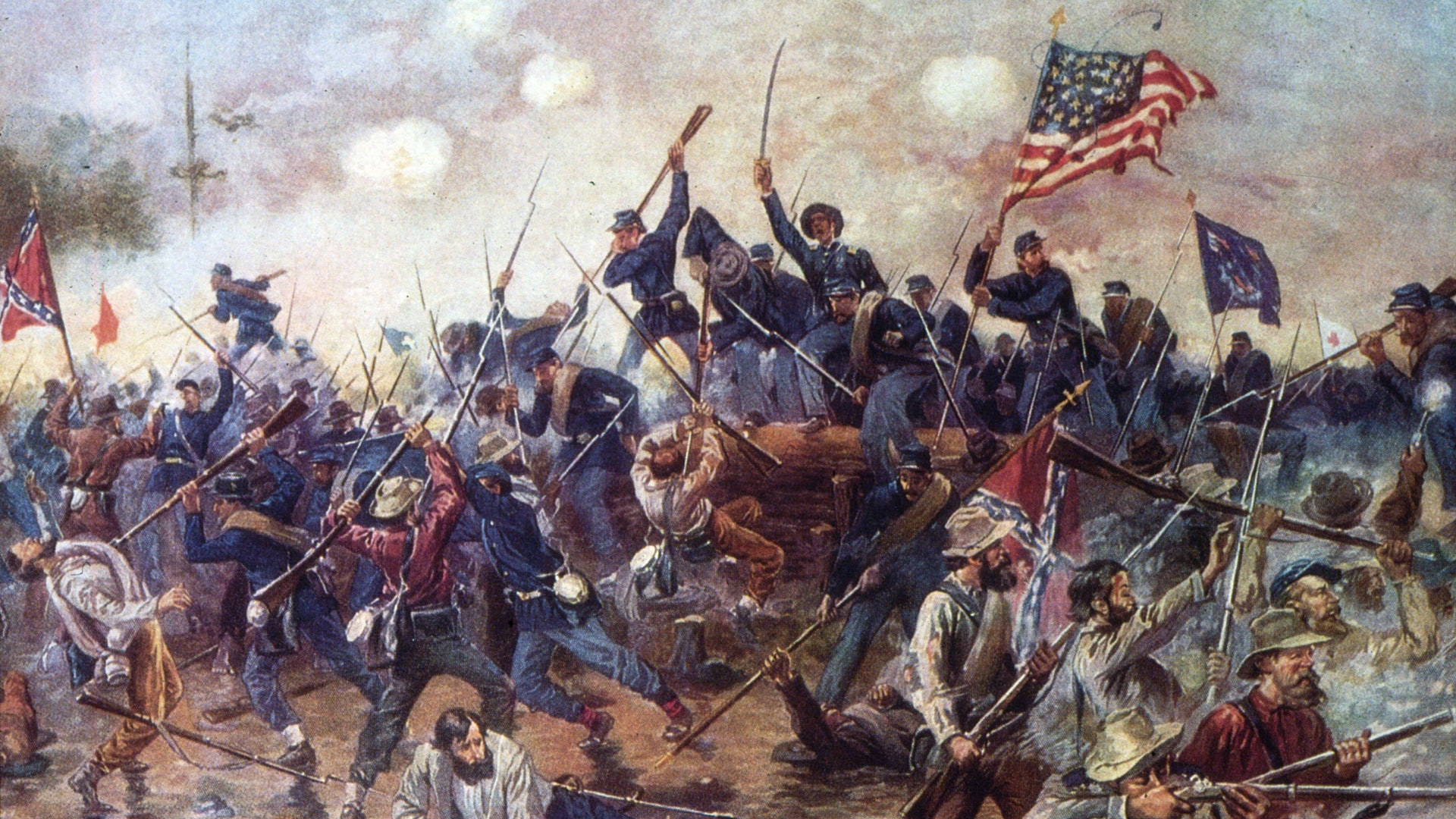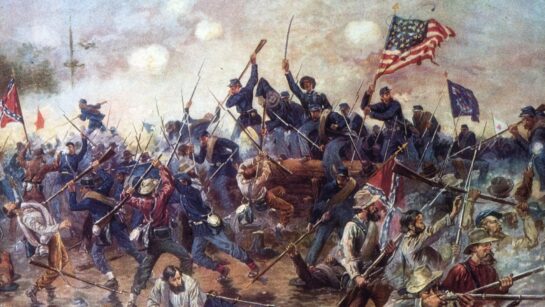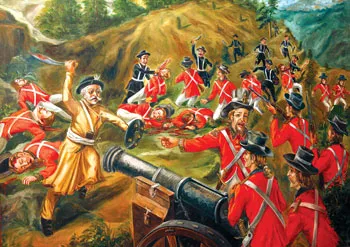The History and Founding Days of PayPal: Revolutionizing Online Payments
In the vast landscape of e-commerce and digital finance, PayPal stands out as a trailblazer, revolutionizing online payments and shaping the way we transact on the internet. From its humble beginnings to becoming a global household name, the history of PayPal is a fascinating journey of innovation, entrepreneurship, and disruption.

The Genesis: Confinity and X.com
PayPal’s story traces back to the late 1990s when two companies, Confinity and X.com, laid the groundwork for what would become one of the world’s leading online payment platforms. Confinity, founded by Max Levchin, Peter Thiel, and Luke Nosek in December 1998, initially focused on developing security software for handheld devices. However, the team soon realized the potential of their technology in facilitating online payments.
Around the same time, Elon Musk founded X.com in March 1999 with the vision of creating an internet-based financial services company. X.com started as an online bank but soon expanded its services to include email payments. Recognizing the synergy between their respective ventures, Confinity and X.com merged in March 2000, with the combined entity retaining the name X.com.
The Birth of PayPal
The merger of Confinity and X.com marked the birth of PayPal as we know it today. Under the leadership of Elon Musk, the company pivoted its focus to online payments, aiming to provide a secure and convenient solution for individuals and businesses to send and receive money digitally.
In October 2000, the company officially rebranded as PayPal, a name that symbolized its mission to facilitate payments via email – “Pay, Pal” – emphasizing the simplicity and friendliness of the service. PayPal’s innovative approach allowed users to link their accounts to email addresses, enabling seamless money transfers between individuals and merchants.
Rapid Growth and Expansion
With its user-friendly interface and robust security features, PayPal quickly gained traction in the burgeoning e-commerce market. The platform’s ease of use appealed to both consumers and businesses, driving rapid adoption and growth.
One of PayPal’s key strategies for expansion was its aggressive marketing campaigns and partnerships. The company incentivized users to sign up by offering referral bonuses and promotions, fueling its user base and cementing its position as the leading online payment solution.
In 2002, eBay, the world’s largest online marketplace, acquired PayPal for $1.5 billion, recognizing the synergies between the two platforms. The integration of PayPal into eBay’s checkout process further accelerated its growth, as millions of eBay users embraced the convenience and security of PayPal for their transactions.
Challenges and Innovations
Despite its success, PayPal faced numerous challenges along the way, including regulatory hurdles, security concerns, and competition from traditional financial institutions. However, the company’s relentless focus on innovation and customer satisfaction allowed it to overcome these obstacles and maintain its leadership in the industry.
In 2008, PayPal introduced its mobile payment solution, enabling users to send and receive money using their smartphones. This move capitalized on the growing trend of mobile commerce and positioned PayPal as a pioneer in the space.
In subsequent years, PayPal continued to innovate, launching features such as PayPal Here (a mobile card reader for small businesses), One Touch (a frictionless checkout experience), and Venmo (a peer-to-peer payment app targeting younger users). These innovations further diversified PayPal’s offerings and solidified its position as a fintech powerhouse.
Conclusion: A Legacy of Innovation
From its humble beginnings as a startup to its status as a global payments giant, PayPal’s journey has been nothing short of remarkable. The company’s founders, along with visionary leaders like Elon Musk, have reshaped the way we conduct financial transactions online, paving the way for the digital economy of the future.
As PayPal continues to innovate and expand its reach, its founding principles of simplicity, security, and convenience remain at the core of its success. With an ever-evolving landscape of technology and consumer behavior, PayPal is poised to continue shaping the future of payments for years to come.
Referance: CHATGPT
CHART
Company Financials
Company Profile










